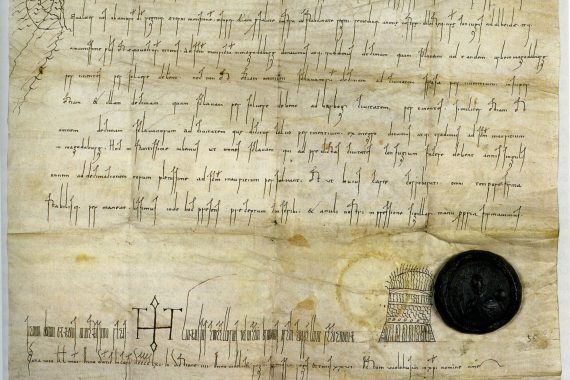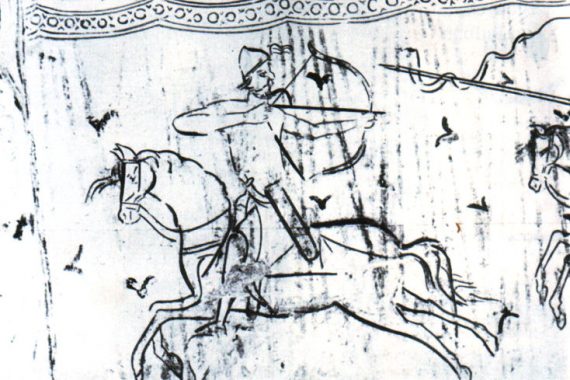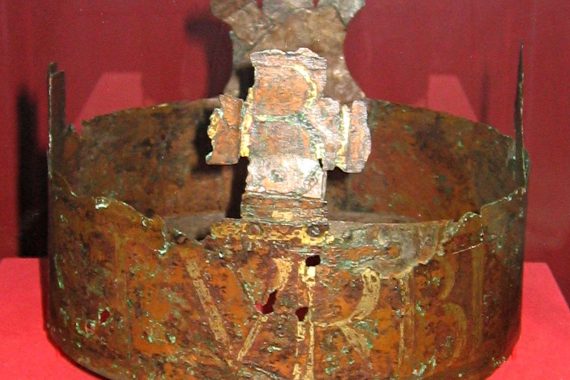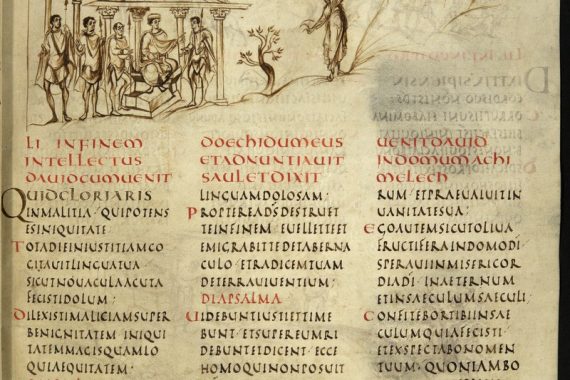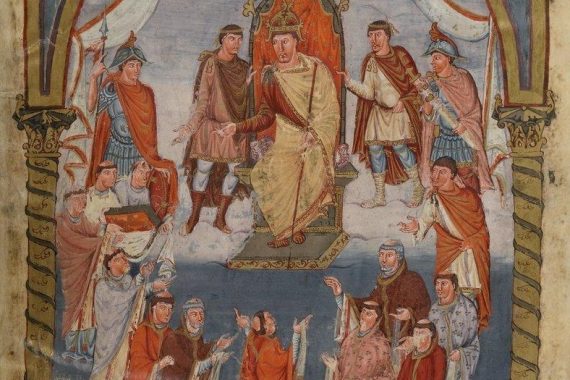New website for Catalan manuscripts
In collaboration with the Universitat Autònoma de Barcelona, the After Empire project is pleased to announce the launch of a new website which will track ninth- to eleventh-century Catalan manuscripts, part of Prof. Dr. Matthias M. Tischler and Ekaterina Novokhatko’s research on ‘From Carolingian Periphery to European Central Region: The Written Genesis of Catalonia’. The…



